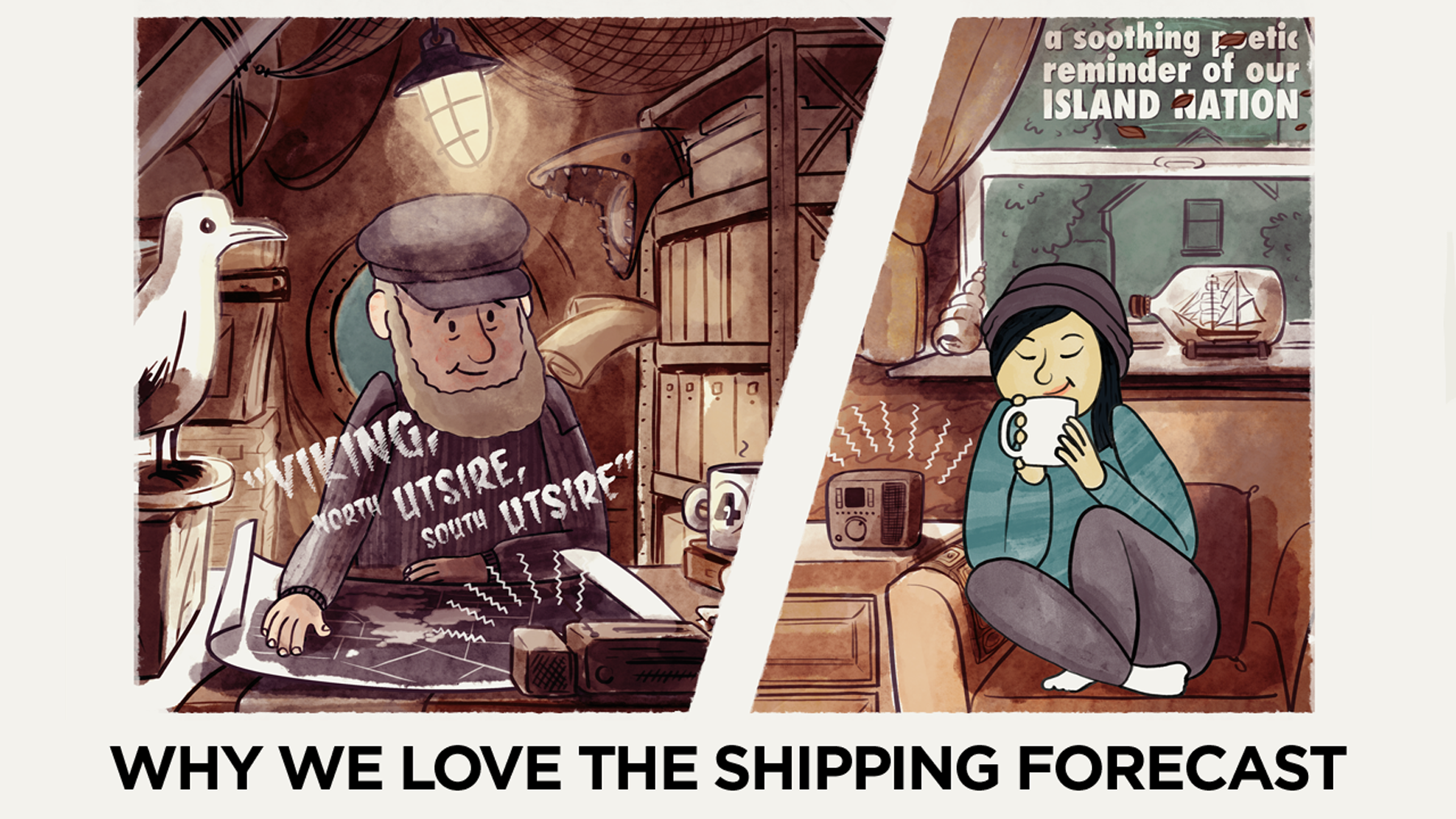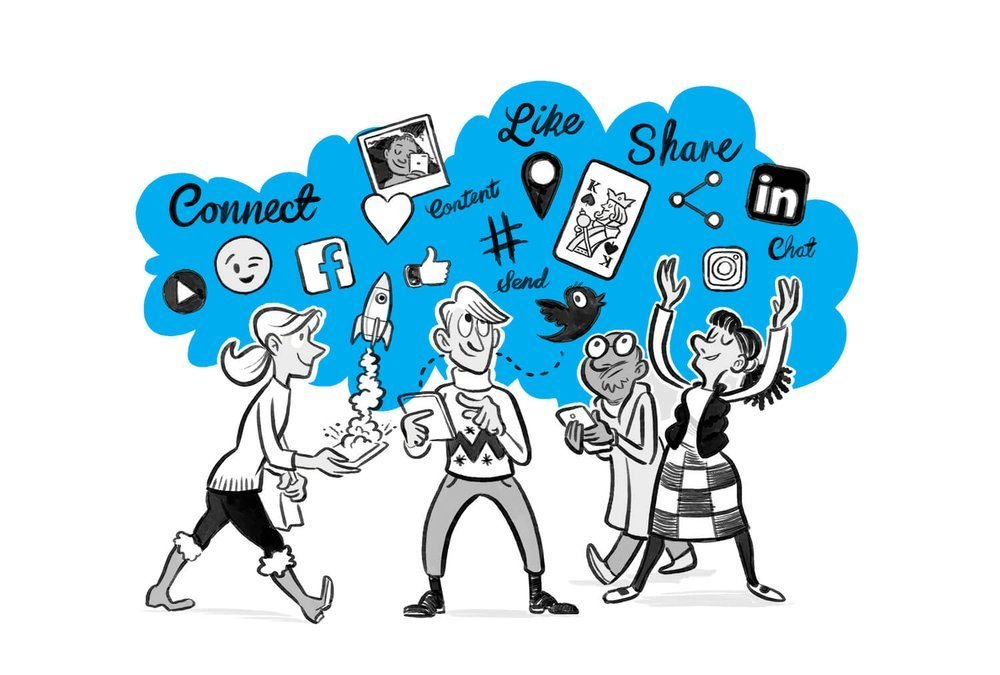Picture books are more than just stories, they are our earliest steps on the journey of learning through rich visual language.
For many, picture books are the first books we engage with. Far from just being stories told through images, there is much more to the humble picture book and the way we interact with them. Senior Creative and parent Dan Stirrup reflects on rediscovering the picture book as an adult and the unexpected ways this early storytelling leaves its mark on us. He explores how that same visual language allows explainer videos and whiteboard animation to capture and enrapture a persons attention.
Many of us will remember the picture books we read as children, but have you ever stopped to think about how those books helped you to learn? There is a common misconception that picture books are easy, simple and only for those who cannot yet read. In truth, the visual language established in these books is a valuable foundation on which a knowledge of the spoken and written word can be built. This is, of course, not the only route to learning a language.
After becoming a father two years ago, I have seen through a new lens how important the process of storytelling is in helping a child make sense of the world around them. An early favourite of ours was ‘Mog the Forgetful Cat’ by Judith Kerr. When I saw the front cover in the Hay on Wye Children’s Bookshop on a snowy trip to Wales, I experienced a flood of buried memories. I knew immediately that I had read this book when I was a child, such was the power of a single illustration. We have a tabby cat at home who my son adores (the feeling, sadly, is not mutual) and it became clear very quickly that he found the pictures in the book familiar and fascinating. They reflected a world he was beginning to understand.
I knew immediately that I had read this book when I was a child, such was the power of a single illustration.
- Dan Stirrup, Managing Senior CreativeBy imagining the story from the perspective of a domestic cat, Judith Kerr’s ‘Mog’ creates a sense of child-like wonder and fun in the everyday. The gentle observations of family life made it easy for my son to connect with the words and pictures. His first word was ‘cat’, and it wasn’t long before he was repeating snippets from the book in relation to his own pet. The phrase ‘bother that cat!’ is now a firm favourite.
From a bookshop in Wales, to a book about whales, we continued to explore the world with the help of pictures and words. Whilst planning a family holiday last year, we found there was an opportunity to go whale watching, but we were apprehensive about how our young son would react to four hours at sea on a small boat. I had the idea of engaging him with stories, and bought copies of ‘The Snail and the Whale’ (Julia Donaldson/Axel Scheffler) and ‘The Storm Whale’ (Benji Davies), introducing them to my son’s bedtime reading in an attempt to prepare him for the trip.
The combination of Donaldson’s rhythmic verse and Scheffler’s vivid illustrations instantly conjured up a sense of exploration and adventure. At their most potent, these illustrations not only translate the words into pictures, but enrich and compliment them with additional details. As the beached whale is rescued at the story’s climax, my son would often focus his attention on the helicopter hovering above, or the excited dog wagging its tail in the foreground.
Alongside the familiarity fostered by these books, there were other subtler ways in which they were helping my son to learn. The Storm Whale’s opening line: ‘Noi lived with his dad and six cats by the sea’, not only sets the scene, but is also an instant invitation to try and spot every cat on the page. Sure enough, amidst the beautifully rendered seaside vista, all six cats are present and correct, though some are harder to spot than others!
In addition to what is best described as a keen enthusiasm for whales (he now has a much loved ‘Blue Planet’ poster hanging on his bedroom wall), so many details of these books have stayed with my son as he explores the real world. He has learnt the vocabulary to describe family members, animals, vehicles, the weather, food and drink and so much more with the help of the stories we read together.
At Cognitive, we like to keep that tradition of visual storytelling alive through our use of whiteboard animation. We may not experience pictures in the same way as we did as a child, but they can still help us to engage, to learn, and to connect. In 2016, we had the pleasure of animating an explainer film about the shipping forecast for BBC Radio 4. A national institution, the shipping forecast started life as a functional (some might say monotonous) communication about the weather around our shores. Combined with the nation’s nautical heritage and our romanticised yearning for adventure, it has become so much more – and we would not have been able to communicate this so effectively without the pictures that accompany the words. We chose to do so using in a visual style inspired by the work of Oliver Postgate and Peter Firmin, in particular their Noggin the Nog and Ivor the Engine stories, a testament to the place children’s literature and television can hold in the public consciousness.
This is a classic explainer video, drawing people in with striking visuals then delivering information once we have their full attention.
- Dan Stirrup, Managing Senior CreativeThis is a classic explainer video, drawing people in with striking visuals then delivering information once we have their full attention. The naming of shipping districts, the meaning of the Beaufort Scale or the famous names associated with the forecast are all delivered with clarity and charm. Just as in the picture books of our childhood, our films help people retain information, all whilst entertaining us with a good story.
Tell us about your vision by booking a discovery call today!












At We Are Cognitive, we’ve pioneered whiteboard animation videos and established them as the communication tool they are today.